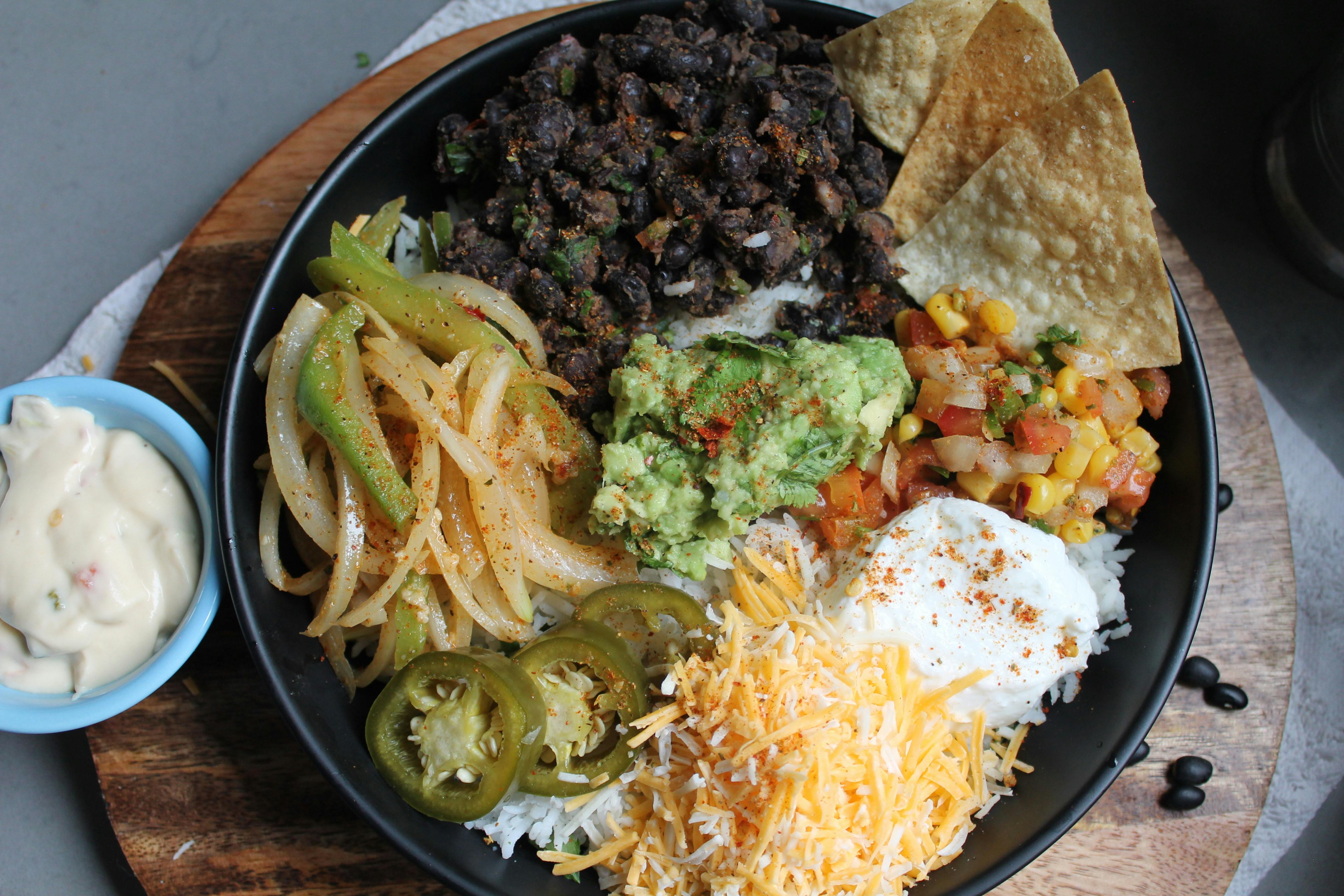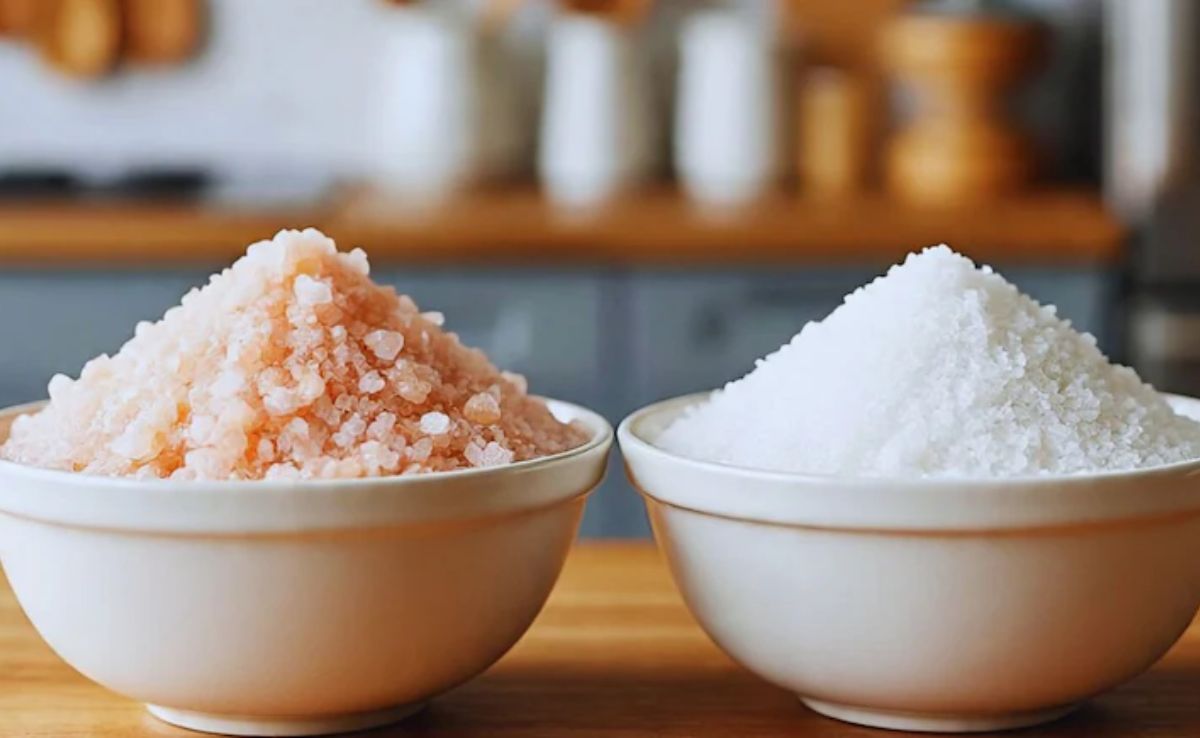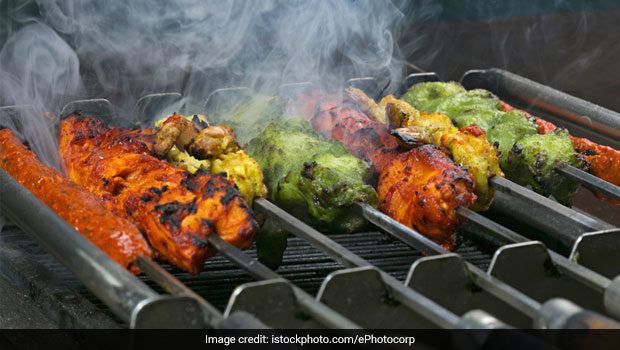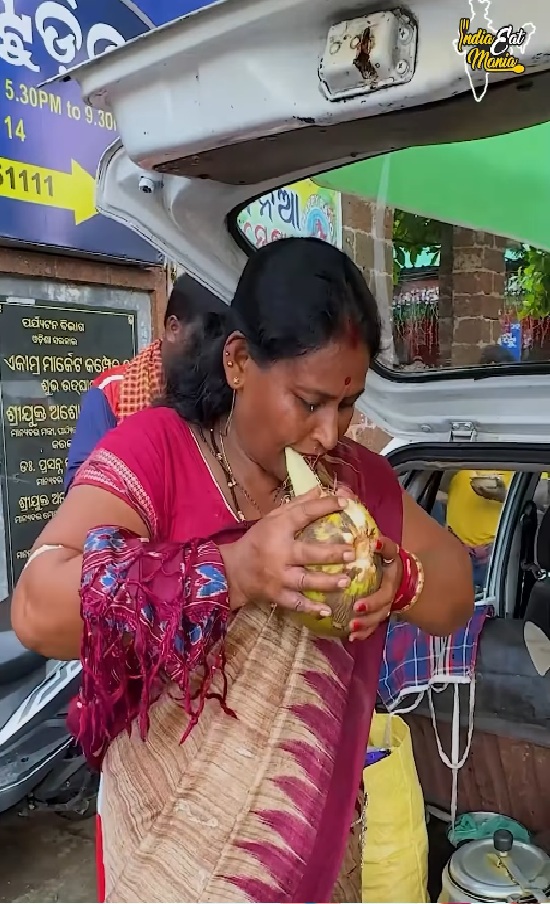Single-use food and beverage packaging makes up more than 80 percent of all plastic waste generated in the Himalayas, according to a new report. The findings by the Zero Waste Himalaya Alliance shed light on an escalating plastic pollution crisis that is threatening both the environment and the livelihoods of communities living in the hills.
Roughly 70 percent of the plastics gathered from the Himalayan region, which stretches from Ladakh to Arunachal Pradesh, have no market value and cannot be recycled. The environmental issue was brought to light at the Zero Waste Himalaya Network Meet in Bir, Himachal Pradesh, where members criticised the lack of effective policies for mountain ecosystems.
Out of the nine Himalayan states that were targeted in 2025, Sikkim produced the most garbage, with a total of 53,814 pieces of litter, making up 44 percent of the total waste. Darjeeling in West Bengal, which had 36,180 items audited in over 37 locations, was second in line.
Also Read: Scientists Have Made 100 Percent Biodegradable Plastic From Barley, Can Be Used For Food Packaging

Photo Credit: Pexels
11,958 pieces of garbage were collected and inspected by the Ladakh volunteers at 18 different locations. With 6,512 and 5,937 waste pieces, Nagaland and Uttarakhand came in fourth and fifth place, respectively.
Food and beverage packaging accounted for 84.2 percent of the total plastic trash, the report added. The waste pieces found in the region were audited to gather data on the top corporate polluters in the Himalayan belt.
“Over the past six years, the data has indicated that the Himalayan waste crisis is fundamentally a production and systems issue rather than a post-consumer waste management flaw. While the role of individual behavioural change was acknowledged and emphasised, the need for systemic, policy-level interventions and a paradigm shift away from centralised, extractive waste systems was seen as critical,” the alliance said in a statement.
According to the survey, the major polluting brands include those producing energy drinks and instant noodles. Their packaging formed a significant part of the waste.
Also Read: Gujarat Cafe Sells Various Food Items In Exchange For Plastic Waste
The report shows that 71 percent of the plastic waste from food packaging is “non-recyclable.” Audits from 2022 and 2023 revealed that over 72 percent and 77.4 percent of the plastic collected was also non-recyclable. Most of this waste includes multilayered plastic packets and Tetra Paks, which waste pickers and scrap dealers don't accept. As a result, this plastic often ends up littering the mountains, blocking rivers, or filling up landfills.
Experts say the problem goes beyond consumer behaviour. Data from the last six years shows that the real issue lies in how products are made and packaged, not just how people dispose of them. The report stresses the need for stronger policies and systemic change, while also recognising that individual action is important.










